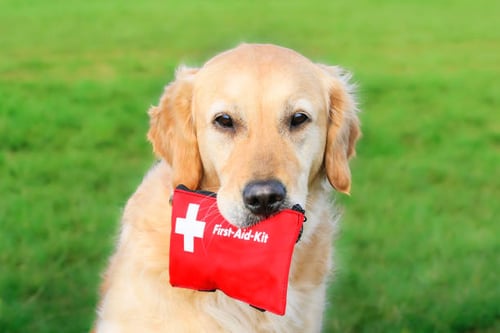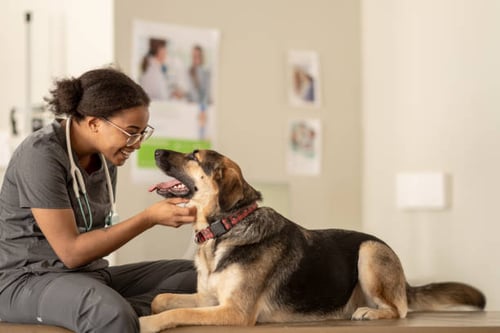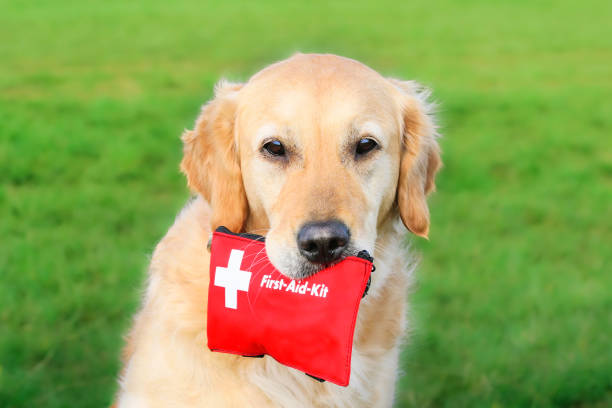As a proud member of the dog daycare industry, our utmost priority is the safety and well-being of the dogs in our care. While we always hope for an accident-free day, it's essential to be prepared for unexpected situations. Knowing the basics of canine first aid can make all the difference when seconds count. This guide provides an overview of essential first aid techniques every dog daycare staff member should know.
Recognizing Emergencies
Before diving into first aid practices, it's crucial to recognize signs that a dog is in distress. Symptoms may include:
- Excessive drooling or panting
- Difficulty breathing
- Limping
- Whining or crying out in pain
- Seizures
- Swelling or signs of injury
- Sudden aggression or change in behavior
Creating a First Aid Kit

Every dog daycare should have a canine first aid kit on hand. It should include:
- Sterile gauze pads and bandages
- Tweezers
- Scissors
- Digital thermometer
- Antiseptic wipes
- Hydrogen peroxide (to induce vomiting if advised by a vet)
- A muzzle (even the gentlest dog can bite when in pain)
- A blanket or large towel
- Latex gloves
- Contact information for local emergency vet clinics
Basic First Aid Procedures
a) Choking: If a dog shows signs of choking (pawing at the mouth, difficulty breathing, blue tongue), carefully open the dog’s mouth and check for visible obstructions. If you see something, gently use tweezers to try to remove it. If you cannot remove it, or the dog collapses, perform the Heimlich maneuver by placing both hands below the rib cage and applying firm, upward pressure.
b) Bleeding: For external bleeding, apply pressure using sterile gauze until the bleeding stops. If it seeps through, add more layers but do not remove the original gauze, which can disturb clotting.
c) Burns: Run cold water over the burn for at least 10 minutes. Avoid using ice directly. Then, cover it with a loose bandage.
d) Poisoning: If you suspect a dog has ingested something toxic, call the vet immediately. They may instruct you to induce vomiting using hydrogen peroxide, but do this only if advised.
e) CPR: If a dog stops breathing and has no heartbeat, CPR may be necessary. Lay the dog on its right side, cup your hands over the widest part of the rib cage, and press down firmly and quickly. Following compressions, close the dog's mouth and breathe into its nose until the chest rises.
Aftercare

Once you've administered first aid, always consult a vet, even if the dog seems fine. Internal injuries might not be immediately apparent.
Prevention is Key
To reduce the likelihood of injuries:
- Always supervise playgroups.
- Separate dogs by size and energy level.
- Ensure toys and play equipment are in good condition.
- Regularly check the premises for potential hazards.
As dog daycare staff, the dogs' well-being is in our hands. While we can't predict every accident or injury, being equipped with knowledge and preparation can help ensure we provide the best care possible. Continuous training, including regular first aid refreshers, is crucial to keeping our furry friends safe and healthy!
Want to take your dog daycare to the next level? Stop wasting time and money — switch to Gingr!
Subscribe to the Gingr Blog






